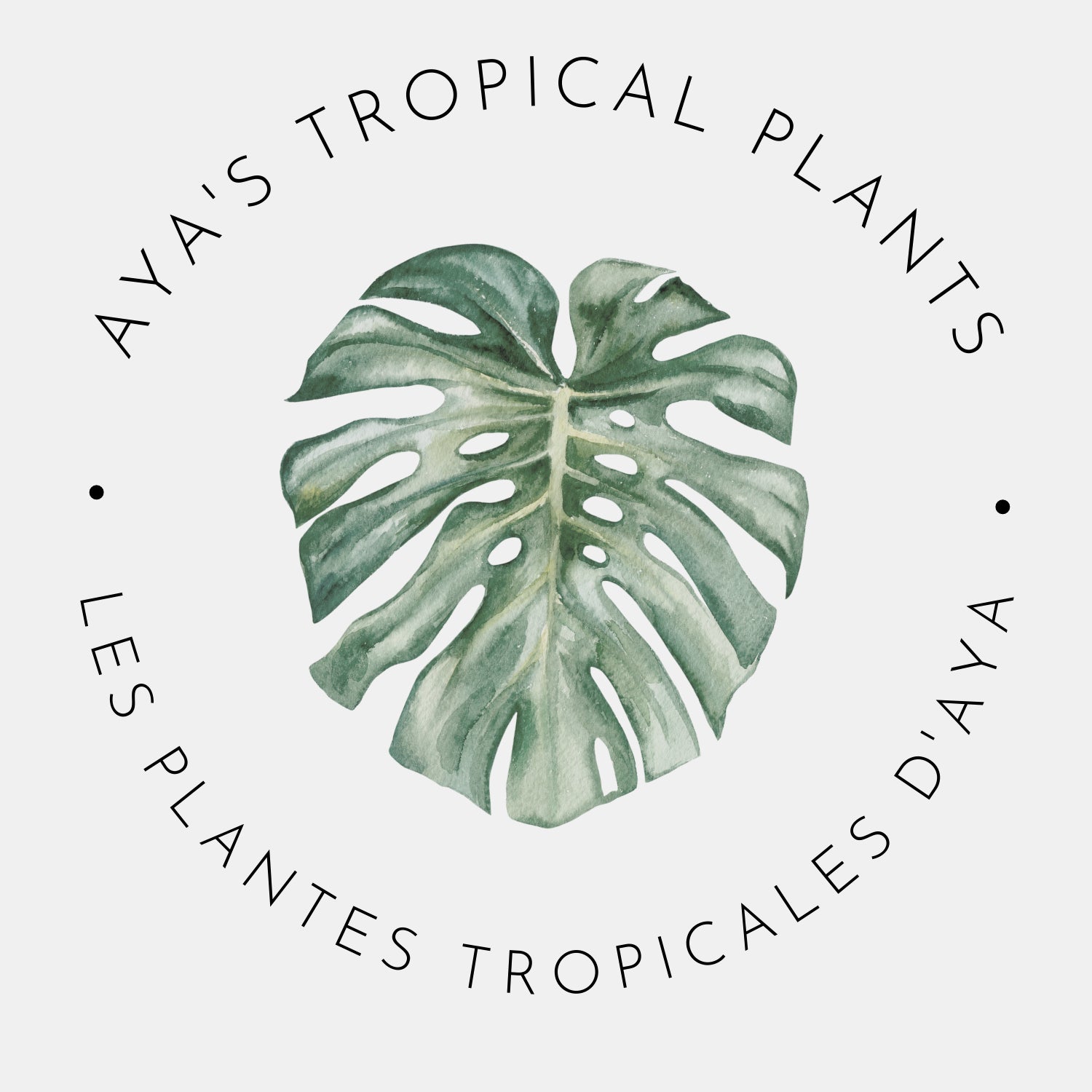





Alocasia Baginda 'Dragon Scale'-AA
Alocasia baginda Dragon Scale is a recently introduced plant species that has increasingly gained popularity among plant enthusiasts due to its unique leaf texture and coloration. This tropical plant is native to South East Asia and belongs to the family of Araceae. It is remarkably distinct from other Alocasia species, primarily attributed to its thick, leathery, drought-resistant leaves, the pattern resembling dragon scales and texture resembling reptilian skin.
The Dragon Scale plant grows up to a height of 2-3 feet and often develops new leaves from the center, hence giving it a rosette form. The leaves have a distinct dark green color, but depending on the light conditions, the color may vary to slightly bluish or even appear almost black. The intricately designed foliage features distinct, protruding veins running across the width of the leaf, suggesting a lizard's back.
The Alocasia baginda Dragon Scale is a relatively easy plant to care for and can thrive indoors with the right growing conditions. This includes adequate moisture and indirect sunlight, preferably in a shaded area. It does well in well-drained soil, and regular fertilization can help to encourage growth and development.
Alocasia baginda Dragon Scale is a fascinating plant variety that has gained popularity for its unique textural and coloration attributes. While relatively easy to care for, it requires adequate attention and care to thrive. For plant enthusiasts looking to add a distinct and attractive plant to their collection, the Alocasia baginda Dragon Scale is worth considering.
This plant is sold in soil.
Shipping
All plants are shipped with their roots wrapped in Sphagnum Moss, and plastic wrap to retain moisture for the root system. Foliage is then wrapped in a soft material, and then the whole plant is wrapped in isolation paper to secure the plant from movement in the box. Upon arrival to your home, check the roots for any signs of damage or rot. If rot appears, trim the affected roots with clean scissors or pruning shears, and plant into the new pot with the above specified growing media. We recommend waiting a day to water your new plant after repotting, as this will reduce the risk of root rot. Please note that yellowing or browning leaves could occur in transit.


